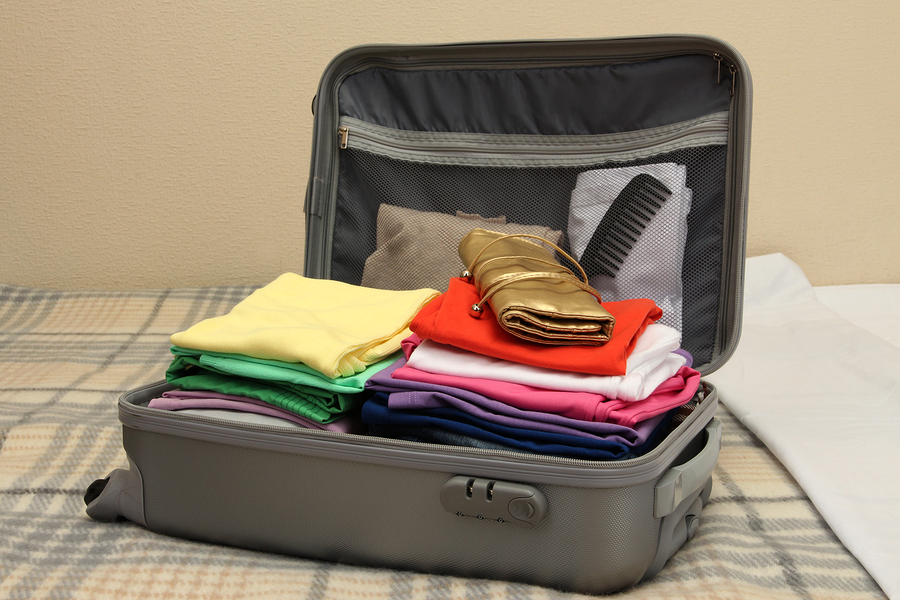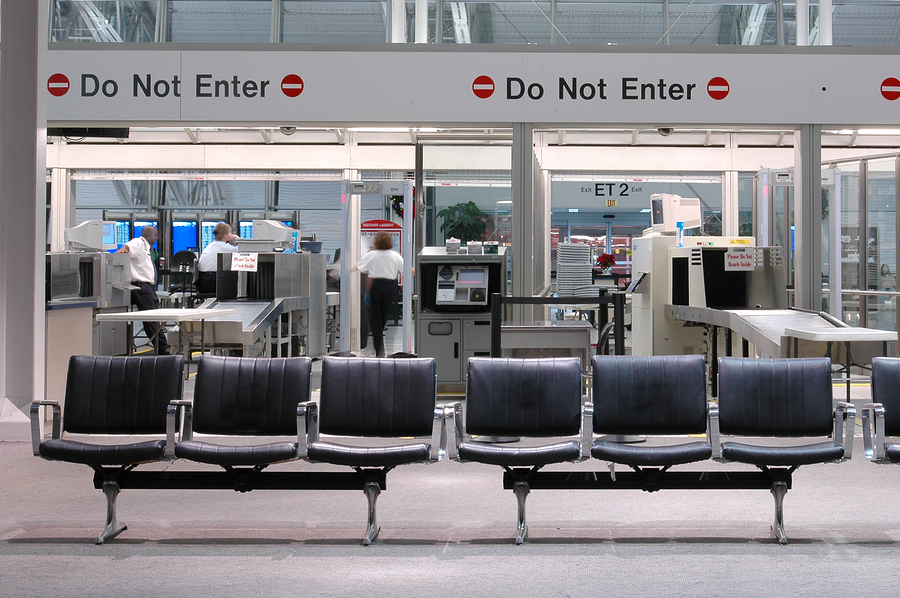
When you have sleep apnea, not only is sleeping difficult – so is traveling, especially if you have to lug your CPAP with you. In an age where spending an hour in the TSA security line at the airport is a good day, bringing anything more than a carry on can feel like so much of a hassle that you’d rather cancel your travel plans and stay at home. Sure, there is probably a lot to do at home, like watch reality television and look at photos of your friends on a tropical beach online, but wouldn’t you rather be on the beach too? There is a strong chance that the answer is yes. That is why today’s CPAP machines are more advanced – probably more advanced than the plane you are traveling on (isn’t it alarming that they still have ashtrays?) – and are easier than ever to take with you on your journey, no matter where you are going. When it comes down to it, if you are on the move, your CPAP machine needs to be on the move with you. Here are some essential tips for traveling with your CPAP machine – worry and hassle free.
Packing at home
- First and foremost, always pack your CPAP with you. Like your trusty travel companion, your CPAP machine will be your closest ally on your journey. Just because traveling with it seems like a hassle, you should never skip a treatment. The last thing you want is health complications while on vacation. Also, sleep is critical when you are jet setting around and being adventurous.
- Every CPAP machine you purchase with Easy Breathe comes with a nifty carrying case, so it makes traveling with it a breeze.
- Make sure to disconnect the humidifier – you don’t want water leaking everywhere while in transit. Also, all that moisture can seriously damage the CPAP motor.
- Allow time before you pack to let the humidifier’s water chamber dry.
- Make sure that all tubes and power cords are completely detached and neatly organized.
- Make sure to pack extra supplies. You never know what can happen while you are traveling – things mysteriously disappear and tubes and masks can become damaged. So, make sure to have spares of everything handy – just in case.
- For added measure, place a sticker or notice on your carrying case that connotes that your CPAP machine is a prescribed medical device and that your life depends on it. You don’t want the TSA to give you grief about having too many carry on bags.
Going Through Security
- Take a few deep breaths and count to ten. Trust that it won’t be so bad and that you will be at your gate faster than you can say CPAP – give or take a few minutes.
- Always take your CPAP with your carry on bags. It would be wise not to check your CPAP with your luggage, especially if you are on a long flight. Checking your CPAP machine can introduce the risk of it becoming lost or damaged.
- Expect that TSA officers have seen a CPAP machine before. There are millions of people with sleep apnea and a few are bound to cross through airport security – on a daily basis.
- According to the TSA’s website, your CPAP machine must be taken out of its carrying case and placed in its own bin before placing it on the conveyer belt to be sent through the X-ray machine. However, it is recommended to keep the CPAP mask and tubing inside the case – those X-ray machines aren’t exactly sterile.

- Prepare to have your CPAP swabbed for explosive traces. Don’t worry, it only takes a moment and it is standard protocol – they don’t really think your CPAP machine is a bomb.
- You might also want to keep a copy of medical documentation from your doctor on you. A prescription or a letter will do – anything that can prove to security that not having your CPAP machine with you is a life or death matter.

On The Plane
- If you have an overnight flight, there is a chance that you might need to use your CPAP machine. However, only some flights have power outlets. If this is the case, make sure to find out if the airline you are flying on has under-seat outlets. Some have outlets in both coach and first class – some only in first class.
- If you want to be safe, be sure to bring a battery with you. In fact, a battery can be a perfect backup if you can’t find an outlet.
- Easy Breathe’s C-100 Lithium Ion Battery is the lightest and smallest of all the CPAP batteries at just one and a half pounds, which makes it perfect for traveling. It is also TSA approved and will last up to 20 hours. While it is compatible with all CPAP machines, ResMed users need to use the 150 Watt Sine Wave Inverter to connect it to the machine.
- When you do need to charge your battery, simply use a converter to plug the battery into any DC outlet. When it comes down to it, if you have a battery for your CPAP machine, you should always have a converter handy – just in case.

Power Solutions
- Luckily, today’s CPAP machines can be used anywhere in the world – all thanks to a broad electrical input range of 100 to 240 volts. If you are in some European countries, the voltage will be much higher than in the U.S., so you want to purchase an inexpensive adapter, which can be found at most shops in international terminals and gadget supply retailers.
- If you are traveling to a higher or lower altitude than you are used to, be sure to adjust your CPAP machine accordingly. Some CPAP machines require different configurations based on how far above sea level you are. So, check your CPAP machine manual for more specific information.
- If you are traveling by car, you can easily power your CPAP machine using a special power cord adapter that plugs right into your cigarette lighter port.
- If you are going on a camping trip, you can always use a battery, like the C-100 Lithium Ion Battery. However, you might want to have two on hand if you plan on staying out in the wilderness more than a day or two – just in case. Also, never plug in your humidifier to the battery, because that can drain the battery up to 3 times faster.

- If you show up to your hotel room and find that there is no outlet close to the bed, be sure to call the front desk for an extension cord – they will usually accommodate you. If you are on the road and are planning to stay in motels, you might want to bring an extension cord with you – motels can be a little less accommodating.
- If you are an avid traveler, you might want to have a smaller, lightweight CPAP machine – to be used exclusively while you are on the road.
- If you don’t want all the extra weight, sleep apnea sufferers can get away with leaving their humidifier at home. Humidifiers, while they are comforting, are not totally required for therapy to be effective.
- In the TSA security line at the airport, if you are afraid of CPAP machine touching the same surfaces as other people’s shoes, you can always wrap your CPAP in clear plastic, which will keep it uncontaminated during the X-ray process.
When it comes down to it, you never want to leave home without your CPAP machine. Just like you adapted to life with sleep apnea, you will soon enough adapt to traveling with a CPAP machine – it’s actually easier than you think.










